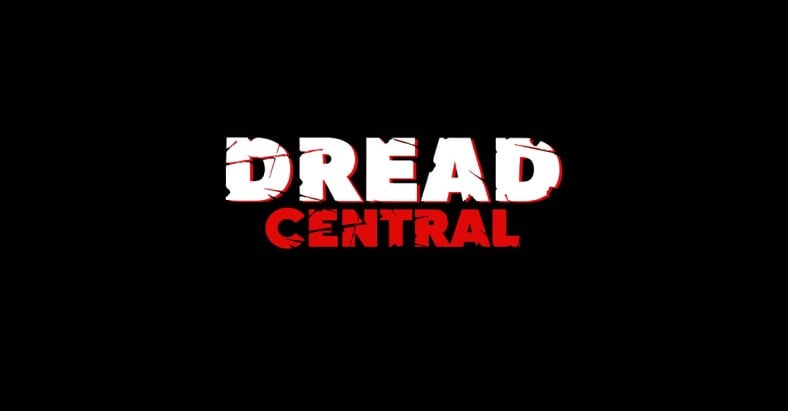

As such, there are tons of epic, non-verbal stretches and simple conversations elongated almost to the point of parody, the actors sitting for a bit between lines, savoring the awkward silences.
Twin peaks season 4 showtime series#
“Twin Peaks: The Return” was shot from a 400-page script written by Lynch and original series collaborator Mark Frost, which according to the standard industry formula of one page equaling one minute of screen time should have resulted in an awful lot less than these 18 hours. This show requires that you surrender to its somnambulist pacing and soak in the eerie aura of Lynch’s sinister sound design and off-kilter edits. It’s also a surefire way to lose your damn mind while watching “Twin Peaks.” Kyle MacLachlan and Nae Yuuki in Episode 3 of the return of "Twin Peaks." (Courtesy Suzanne Tenner/Showtime) This is a perfectly valid way to enjoy something, just not how I personally prefer to experience art. In fact, one of the things keeping me off the TV love train is that in our current binge-watching, serialized-storytelling era popular shows tend to be received primarily as narrative delivery devices - their plotlines incessantly scrutinized while discussions of aesthetics and atmosphere are banished to the back burner.

The “prestige television” model for cable series that’s been enshrined by culture writers as a “New Golden Age of TV” in recent years with programs like “Breaking Bad” and “Game of Thrones” tends to favor densely plotted, tightly scripted setups and payoffs.


 0 kommentar(er)
0 kommentar(er)
